The Next Wave of Maine’s Blue Economy
Perspectives | Nov 19, 2025
by Alex Birdsall
Senior Program Manager, Ventures
Reflections from the 2025 Blue Economy Investment Summit, and the future of Maine's blue economy.
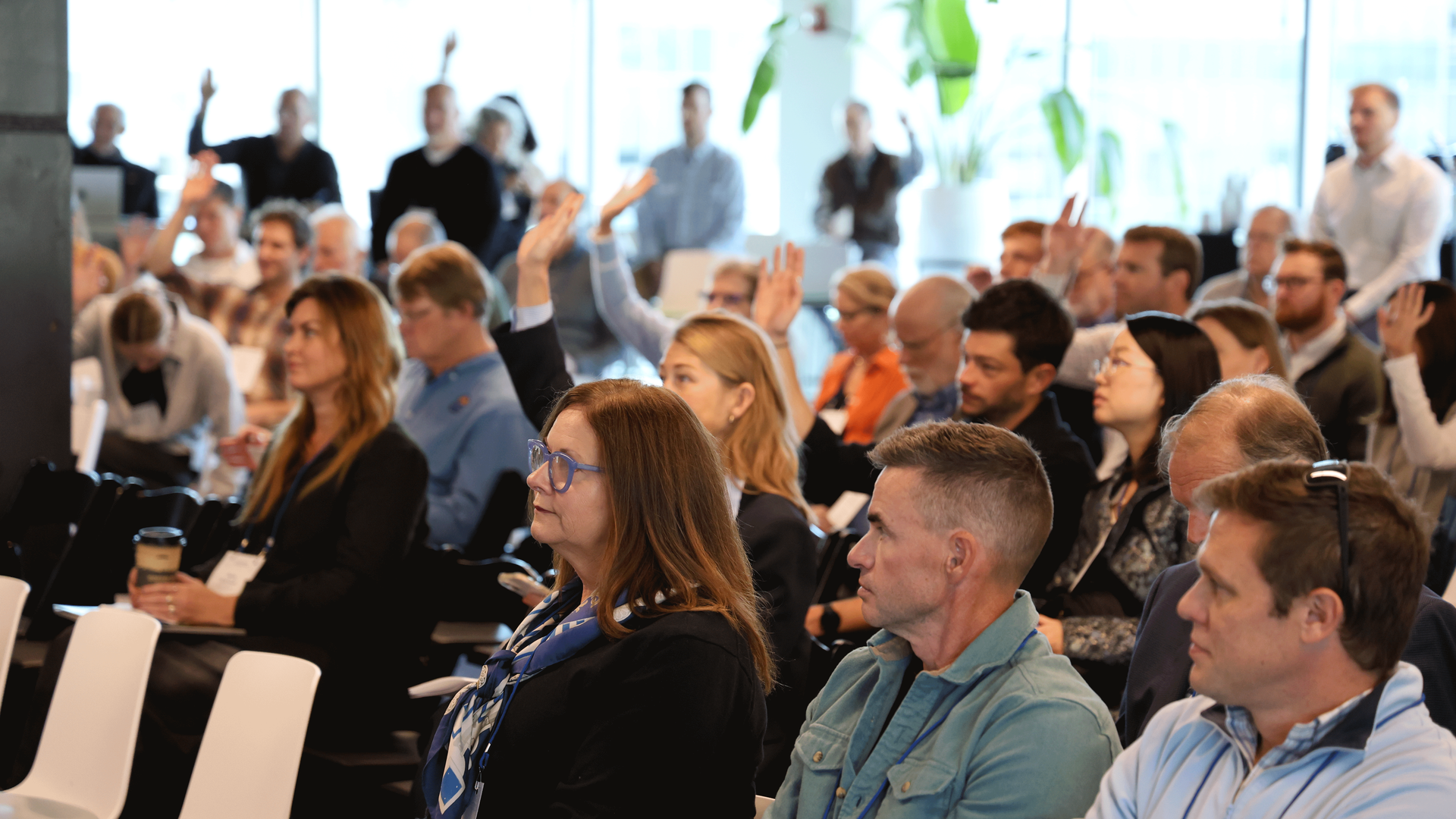
The 2025 Blue Economy Investment Summit convened public officials, investors, researchers, and entrepreneurs to explore how the region can translate ocean innovation into durable economic growth. Hosted in partnership with Gulf of Maine Research Institute and The ClimateTech Incubator at Northeastern University’s Roux Institute, this year’s event examined how shifting market conditions are shaping opportunities and how the Gulf of Maine region is catalyzing growth across the North Atlantic.
Discussions throughout the day underscored that the Gulf of Maine’s blue economy is rooted in a long history of marine innovation, yet faces challenges that mirror those of coastal economies around the world. Realizing the full potential of the region’s blue economy will require coordination between investment, policy, and innovation. Below are the key takeaways that emerged from the day.
Convergence of Climate Technology and the Blue Economy
Members of the Maine Legislative Blue Economy Task Force helped set the tone for the day by emphasizing that Maine’s future competitiveness depends on the convergence of climate innovation and traditional ocean industries. The state’s working waterfront expertise, marine trades, and coastal know-how are becoming increasingly intertwined with advancements in renewable energy, manufacturing, autonomous systems, coastal infrastructure, and advanced marine monitoring.
As Julia Trotman of Valo Ventures noted, when you combine the Gulf of Maine’s longstanding resourcefulness with a growing culture of climate-tech pragmatism, “the definition is innovation.” Her observation echoed a broader sentiment that Maine’s unique advantage lies at an intersection where traditional maritime expertise meets data science and clean-tech entrepreneurship.
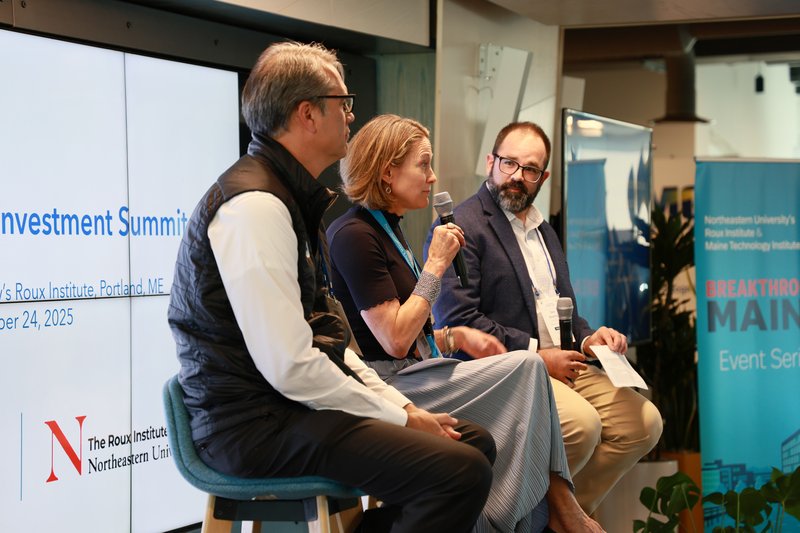
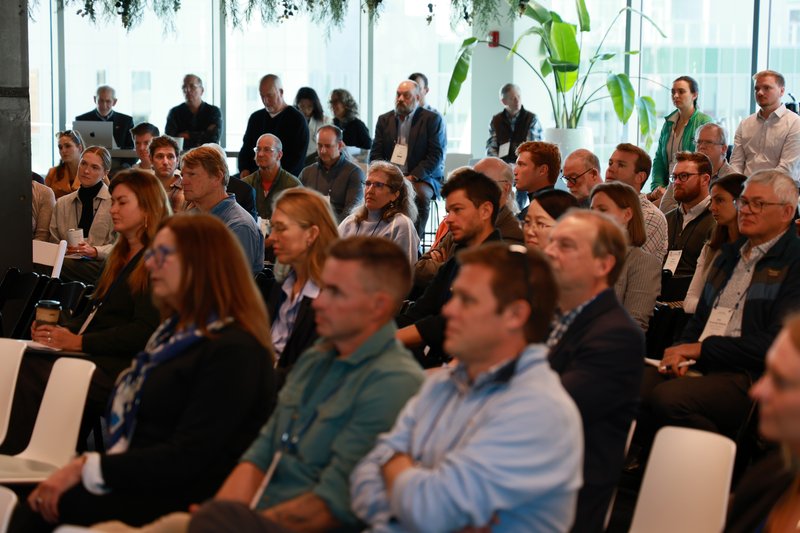
Momentum and the Need for Risk Capital
Investment analyses presented during the Summit showed strong global growth in ocean-related ventures. Projections indicate over $3 billion in deals worldwide in 2025, up sharply from 2024. Yet participants agreed that Maine’s share of this growth remains limited.
The state benefits from a strong foundation of non-dilutive and debt financing but continues to lack the level of investor participation needed to help high-risk companies scale. Maine has the grants and loans needed to launch ideas, but not enough risk capital to carry companies through commercialization and growth. Bridging this gap was identified as essential to sustaining the region’s momentum.
Dual-Use Applications Catalyze Innovation
Investment insights, case studies, and flash talk presentations from founders pointed to defense-related ocean technologies as the fastest-growing segment of the market. Autonomous systems, remote sensing, and resilient energy platforms are attracting federal contracts that, in turn, are accelerating civilian applications in environmental monitoring and renewable energy. Global investment in this sector represented around $500M in 2024 and had already surpassed $750M two months before the end of 2025.
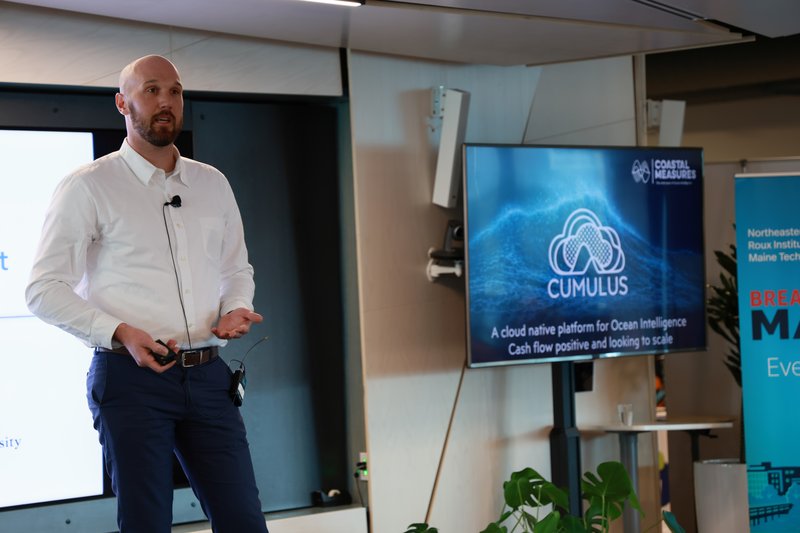
Investors underscored that dual-use is often the bridge from promising idea to investable company. Federal programs and defense customers can help early-stage companies survive the ‘valley of death,’ but long-term success depends on designing technologies that serve both national security and commercial climate markets. As Autumn Road Capital’s Robb Fipp noted, “By the time we come in, having a dual use thesis is critical. We need to see a path to market beyond a narrow government lane.”
Participants emphasized that dual-use innovation can serve both national security and climate resilience if supported by coordinated policy and commercialization pathways. Federal contracts can de-risk breakthrough technologies and create on-ramps for companies to scale into diverse commercial markets. Speakers emphasized the importance of building solutions that can withstand policy swings and shifting geopolitical realities.
Building Maine’s Critical Mass through Collaboration
Maine’s ecosystem is rich in resources but dispersed, with research institutions, startups, lenders, and community organizations all contributing in important but often uncoordinated ways. Participants noted that while the state has many of the right ingredients, alignment is needed to fully realize their collective impact.
Throughout the summit, legislators, investors, and institutional leaders, emphasized that state policy should enable, not direct, private-sector innovation. Congresswoman Chellie Pingree reiterated this point during her keynote, addressing the audience gathered to say, “You are the people to help us think about how to move into the future.” Effective frameworks can de-risk investment by clarifying permitting, aligning incentives, and positioning Maine competitively for federal funding. Speakers described the relationship between public programs and market forces as symbiotic: neither side can drive transformation alone, but together they can become one of the region’s strongest leverage points for scaling the sector effectively.
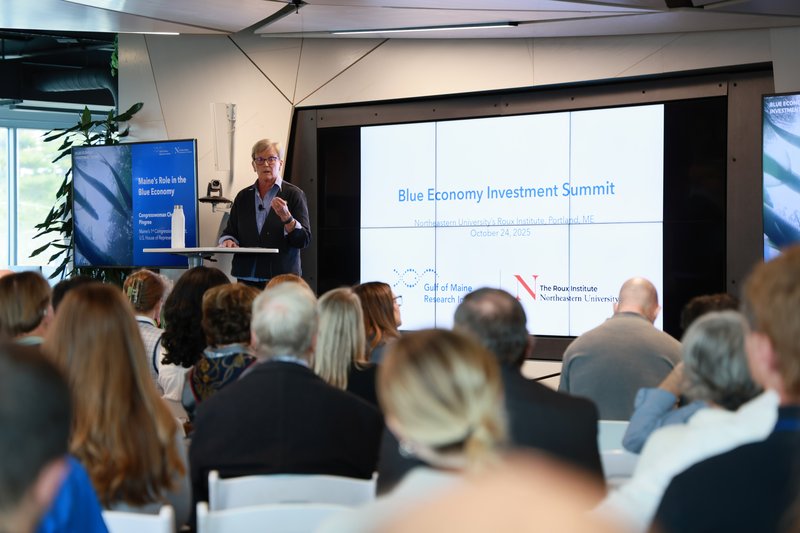
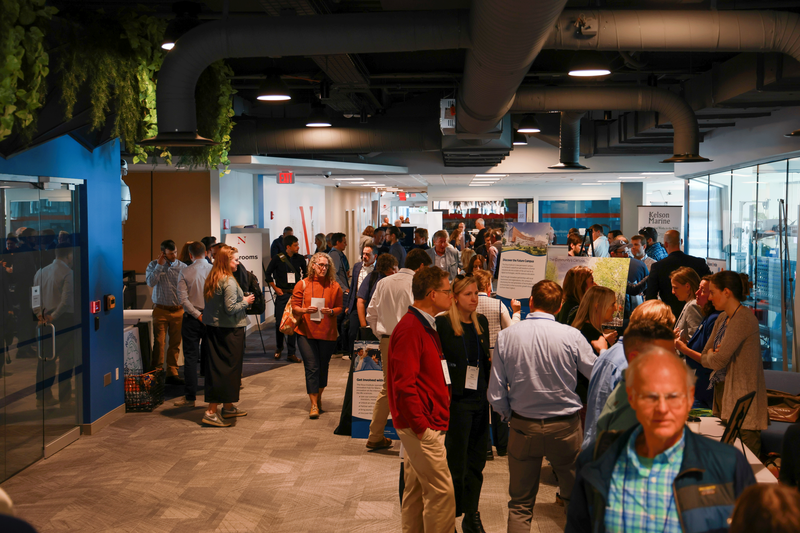
A proposed central convening structure envisioned by the members of the Maine Legislative Blue Economy Task Force was discussed as a key tool in aligning funding programs, research assets, and entrepreneurial support. Such a structure would not only improve coordination and access within the ecosystem, but also serve as a visible signal to national investors, innovators, and agencies that Maine is organized, collaborative, and ready to lead.
Re-industrialization and the Data Revolution
Two economic drivers are shaping global opportunity in the blue economy and Maine’s positioning within it.
First, supply-chain realignment and the return of domestic manufacturing are reshaping where and how products are made. In the wake of global disruptions, industries are moving production closer to home, prioritizing resilience, redundancy, and secure access to materials. This shift is creating new opportunities for coastal regions with working waterfronts, maritime infrastructure, and specialized talent. Maine’s mix of port assets, fabrication capabilities, and a strong marine workforce positions the state to benefit as companies seek reliable US-based partners for everything from advanced composite materials to distribution and marine energy systems.
Second, the ocean is emerging as a rapidly evolving sector and growing area of opportunity. Companies in the Gulf of Maine region and across the North Atlantic are demonstrating how advanced sensing, real-time analytics, and ocean intelligence can drive growth in sectors such as insurance, national security, transportation, and environmental management.
These trends were recognized as opportunities during the flash talk sessions, where entrepreneurs showcased innovations ranging from ocean data platforms and robotics to advanced materials and carbon-monitoring technologies. Their presentations highlighted how re-industrialization and data-driven ocean intelligence are not abstract trends, but active market signals shaping where investment, talent, and commercialization paths are emerging today.
Globalization with Local Roots
Representatives from Hatch Blue, Salmonics, and the Canadian Consulate illustrated how Maine-based ventures are extending into global markets while keeping production and research anchored locally. Their experiences reinforced that the Gulf of Maine region is an ideal proving ground to validate products, test technologies, and refine business models before scaling internationally.
Participants framed Maine as a launchpad for global blue economy solutions where credible, local proof of concept can open opportunities at a global scale.
Translating Research to Market
Across panels, one challenge stood out: bridging the gap between research and investable opportunities. The region’s research capacity is robust but commercialization often stalls at the prototype stage due to high costs, permitting hurdles, and infrastructure barriers.
Speakers emphasized the need for expanded demonstration funding, dedicated testbeds, and mentorship programs to shorten the path from discovery to deployment. This translation function of connecting science, entrepreneurship, and capital is fundamental for turning innovations into companies, jobs, and real-world solutions.
-
How we support our region's burgeoning blue economy.
We bridge the gap between innovative, blue economy businesses and the capital, technical knowledge, and networks needed to help them grow.
- BlueTech Boost Incubator Program
- Founder Flex Program
A Region at Inflection
Taken together, the Summit’s discussions portrayed a blue economy at a critical point of maturity. The Gulf of Maine region possesses many of the elements of a globally competitive cluster, including scientific depth, entrepreneurial energy, strong community trust, and a growing pipeline of innovative companies. However, continued growth will require greater capital density and stronger collaboration across organizations. Reaching that next level will depend on integrating innovation, policy, and finance.
Speakers agreed that collaboration must become the region’s defining strength. By aligning resources across sectors and investing in shared infrastructure, Maine can convert its existing momentum into measurable economic scale.
Looking Forward
The closing message from the Summit was one of optimism grounded in realism. Ocean innovation and climate innovation are not parallel agendas but are components of the same vision. As Brian Deese, former Director of the White House National Economic Council, noted, the blue economy has moved from margins of economic strategy to the center, which reflects the extraordinary global growth over the past decade and a rising recognition of the ocean’s role in solving some of the world’s most urgent challenges.
If the coming years bring coordination of capital, clearer pathways from research to market, and cohesive support for founders, Maine will shine as a North Atlantic leader in sustainable ocean industries. Convenings like the Summit and the emerging role of the Maine Blue Economy Task Force signal progress toward building the connective tissue needed for long-term scale.
Turning climate change into economic renewal, building resilience into the working waterfront, and ensuring that the Gulf of Maine remains both an ecological and an economic engine for generations to come are complex challenges. The next wave of Maine’s blue economy is already forming, and its direction and intensity will be determined by how effectively the state and its partners choose to move together.





